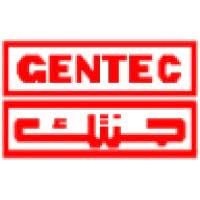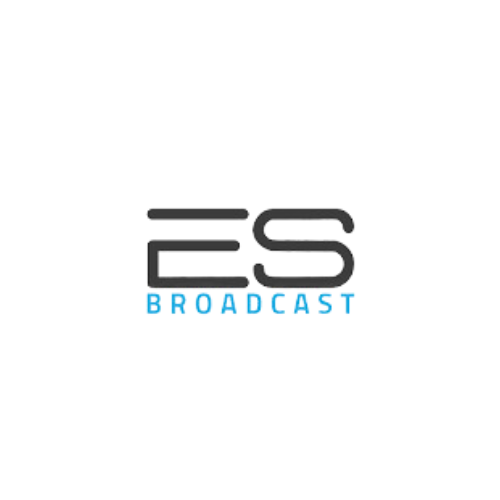.gif?width=700&height=77&name=Control%20Applications%20scroller%20(1).gif)
TSL Control Solutions
Discover TSL's modular, individually deployable control solutions:
-
Router control
Modern broadcasting technology offers a huge range of signal types which can vary hugely in complexity and that can have a big effect not only on the supporting engineers but the operational staff who are making the content. TSL Control offers a manufacturer-agnostic and cost-effective approach to the control of routing media regardless of format.
-
Anything to anything (machine control routing)
A broadcaster may wish to have an array (or pool) of devices that can be dynamically allocated or routed flexibly on a production-by-production basis. These devices may be from different manufacturers (EVS, Evertz, Grass Valley, Black Magic etc) and have different control panels, interfaces, and protocols.
-
Dynamic ad insertion (SCTE)
For broadcasters navigating the thrilling world of live sports and news, the unpredictability of highly reactive content can make signalling ad insertion challenging. Rapid changes in content increase the likelihood of failing to deliver ad breaks at the right time, risking reputational damage with advertisers.
-
Facility Control
The modern operator can be faced with a bewildering array of control surfaces, web pages and graphical user interfaces to control even a simple production. This can lead to delays and errors, affecting production values and output, and perhaps even causing a financial penalty (service Credits) from the broadcasters' customers.
-
Protocol translation
Most broadcasters have a wide variety of new and legacy equipment that they need to work together in one cohesive system. These devices will utilise a vast array of different protocols and interfaces, everything from GPIs to xml. Do you need to use your old Evertz control panel with your new Grass Valley Router? Do you need to control your graphics keyer when it is routed to air? This all requires some form of protocol translation.
-
SNMP/monitoring
Monitoring the status of devices within a broadcast system is vital to its operation: Do you want to know where a fault occurs with a broadcast chain, which device has lost its input or reference, and whether there has been silence on a channel for too long? Has the power supply failed in a key unit?
-
IP transition
More and more broadcasters are moving to IP-based infrastructure over traditional SDI. The promise is that the equipment required (IP switches, router etc.) are more cost-effective than their SDI equivalent as well as opening up broadcast to a huge amount of industry standard tools that are used in the IT industry. The problem is that doing reliable real-time media over IP is hard. There is a significant learning curve and a very different methodology used than with SDI.
-
Server/clip control (DDR control)
Broadcasters may have a number of record/replay devices (DDRs) that they wish to control from a remote operational position, this device could be from a number of different manufacturers (EVS, Blackmagic, Evertz and GrassValley to name a few). It is common practice to bring in rental equipment for some productions, so the make and model can change frequently.
-
Control interfaces
TSL hardware panels give you solutions to niche problems in a simplified way, allowing control of external devices from the button panels without having to go via a control system. It’s direct control. They have their own logical functions and GPIO. Plus, a wide variety of comms mechanisms, that can talk of over IP, over serial and over GPIO. With a small footprint and big performance, the panels can control any GPIO, IP, RS422, or RS232-enabled device, located anywhere, with a single button push.
VIRTUAL PANELS
The TallyMan Virtual Panel (TMVP) is an incredibly powerful addition to the TallyMan control system. The fully customisable user interface brings signal flow management, monitoring and device management to users in an intuitive control surface, enhancing operational workflow to bring flexibility to outside broadcast and transmission facilities throughout the world.
-
Disaster recovery
Many broadcasters need to provide a disaster recovery playout chain but cannot afford a full additional channel of automation from one of the larger broadcast manufacturers.
-
Control room and snapshot recall (presets)
Modern broadcast systems often require reconfiguration, for example, where a production gallery switches the studio floor it has been assigned to or where you switch to a backup system. This action requires the reconfiguration of multiple different devices or systems, which can be complex and time-consuming.
-
Graphics management
Modern live news networks will prepare many graphics ahead of time for potential future events, such as various outcomes of elections or sporting events. Managing this workflow and ensuring that the proper versions of graphics make it to air can often fall on the graphics department which can make their daily work more complicated.
-
Scheduled actions and secondary events
One of the primary pillars of modern broadcast workflows is reducing the number of manual functions that operators are responsible for. Many functions happen on a daily or weekly basis at specific times of day and can be easily automated to free operators up for more important tasks.
-
Tally (UMD, Camera delegation)
The modern broadcast system contains a vast array of devices that either produce, display or “consume” tallies. Most of these devices will produce or receive the tally information in different ways using different protocols and interfaces. Tally requirements can be very small and contained, but some can be very large systems that are spread across geographical locations.
-
Control servers and other hardware solutions
From signal routing to remote device control, by grouping multi-level actions into a single, user-configurable interface, you can do things that will make your production much more efficient. By providing just the controls needed, from simple interfaces for specific tasks to unleashing the full power of a system built on a logic-based and open control layer, customers are able to maintain complete ownership of their systems.
“Thanks to TSL’s revolutionary solutions, we are able to have all tally signals managed through a single unit on each of the two new vans. The integration and installation process was seamless, and TSL has been a huge support along the way.”

"By combining TSL's TallyMan and a Ross Ultrix FR2 router for each PPU, we were able to deliver a highly integrated, flexible solution that is really intuitive for operators to use."

“The system provided us with the opportunity to put on smooth shows on a consistent basis. Our integrator helped us make the best possible selection for the facility, and TSL continues to deliver.”

“TSL’s control panels were the closest fit to our existing brand so the technical team, along with our SI, embarked upon the process of developing our requirements into their panel functionality.”

